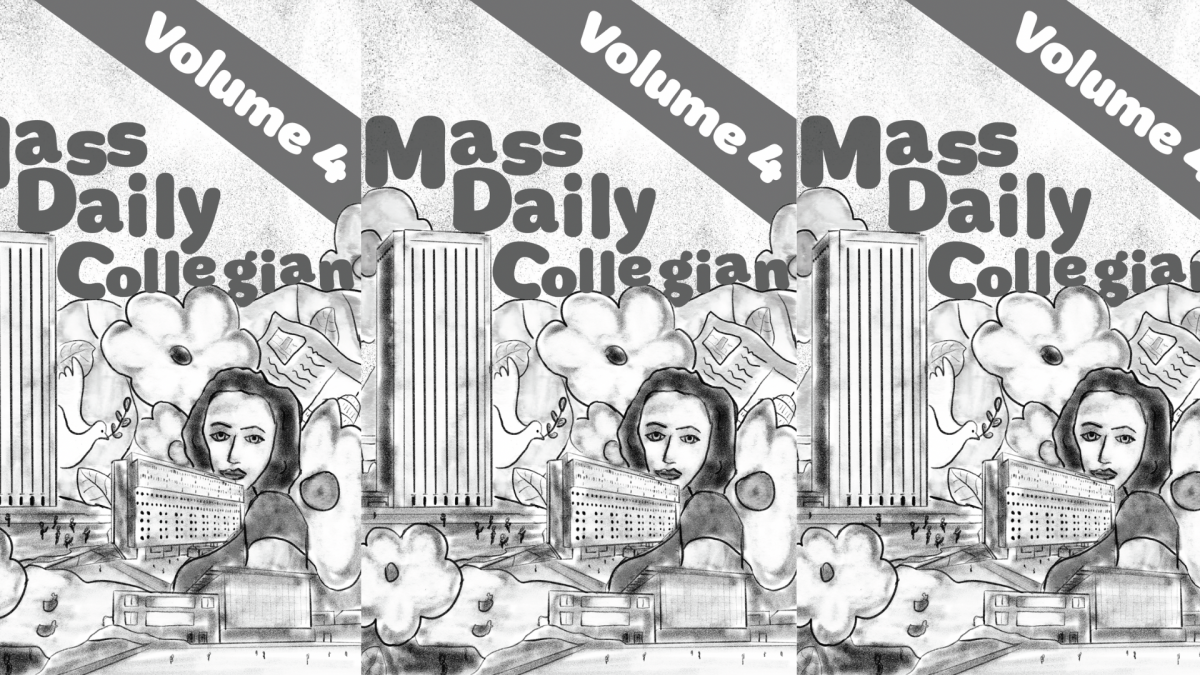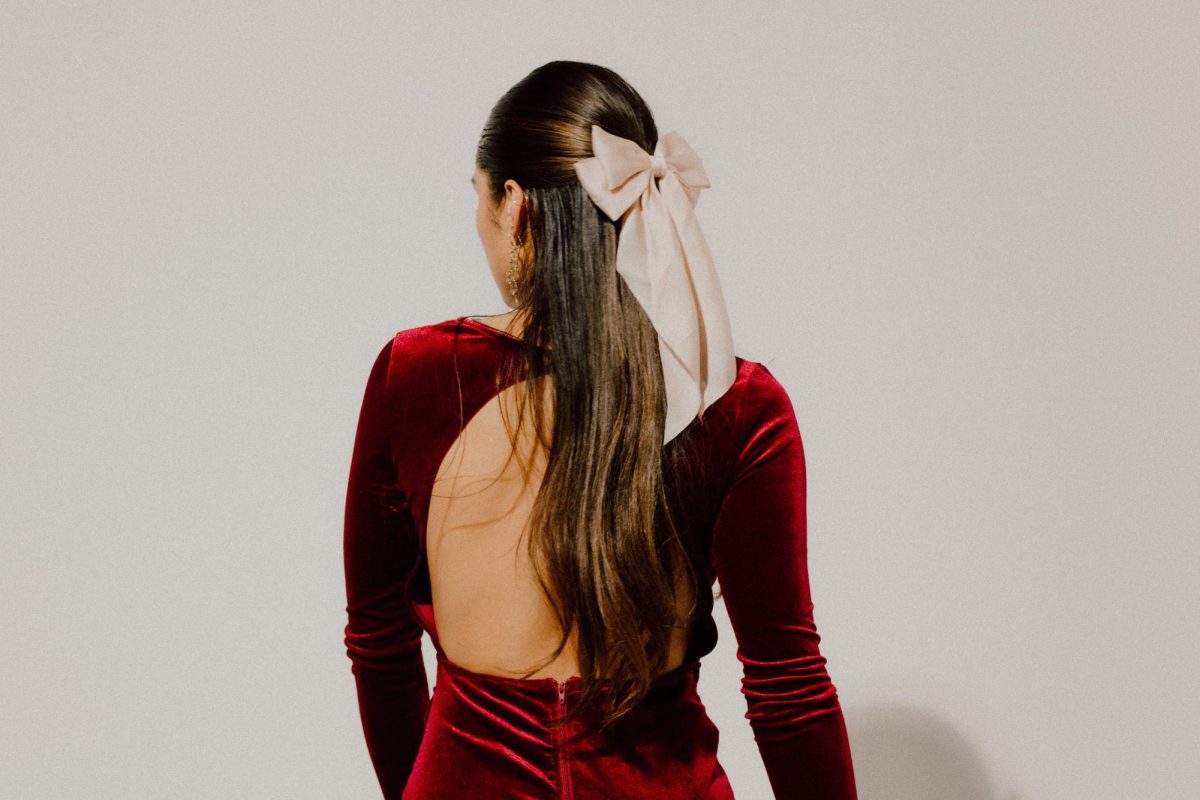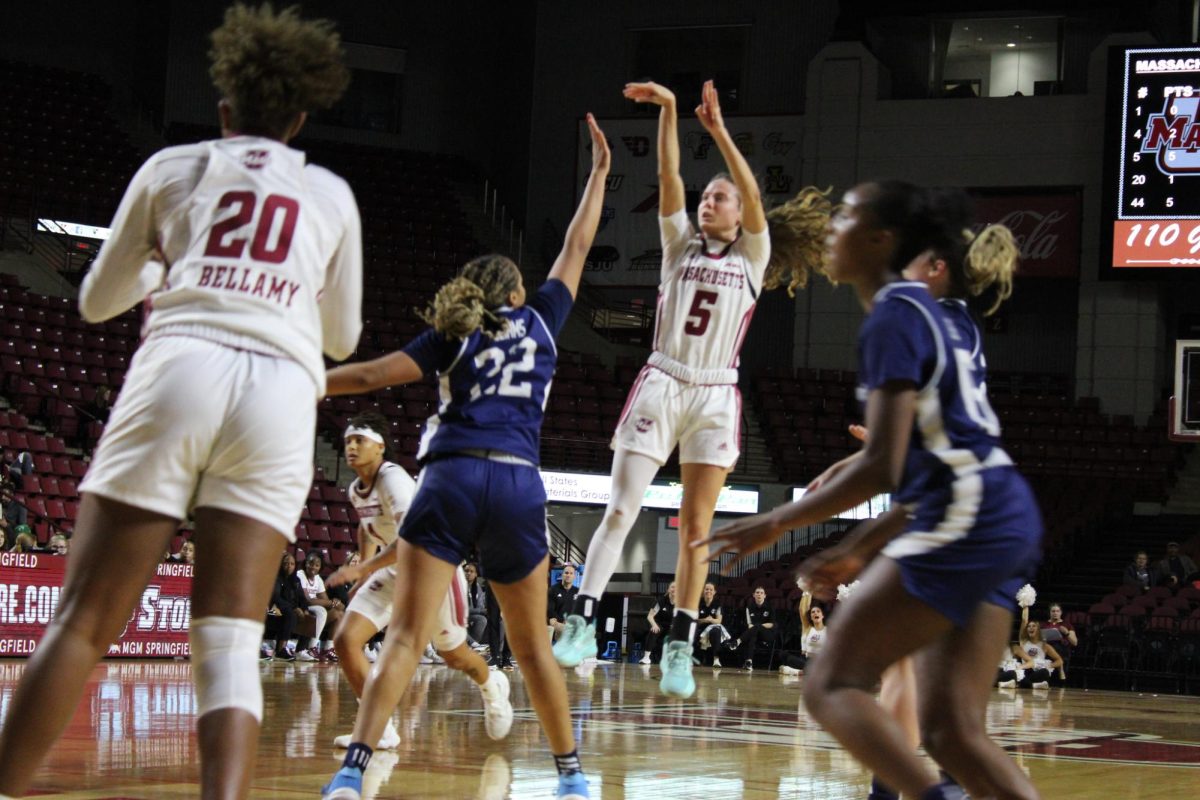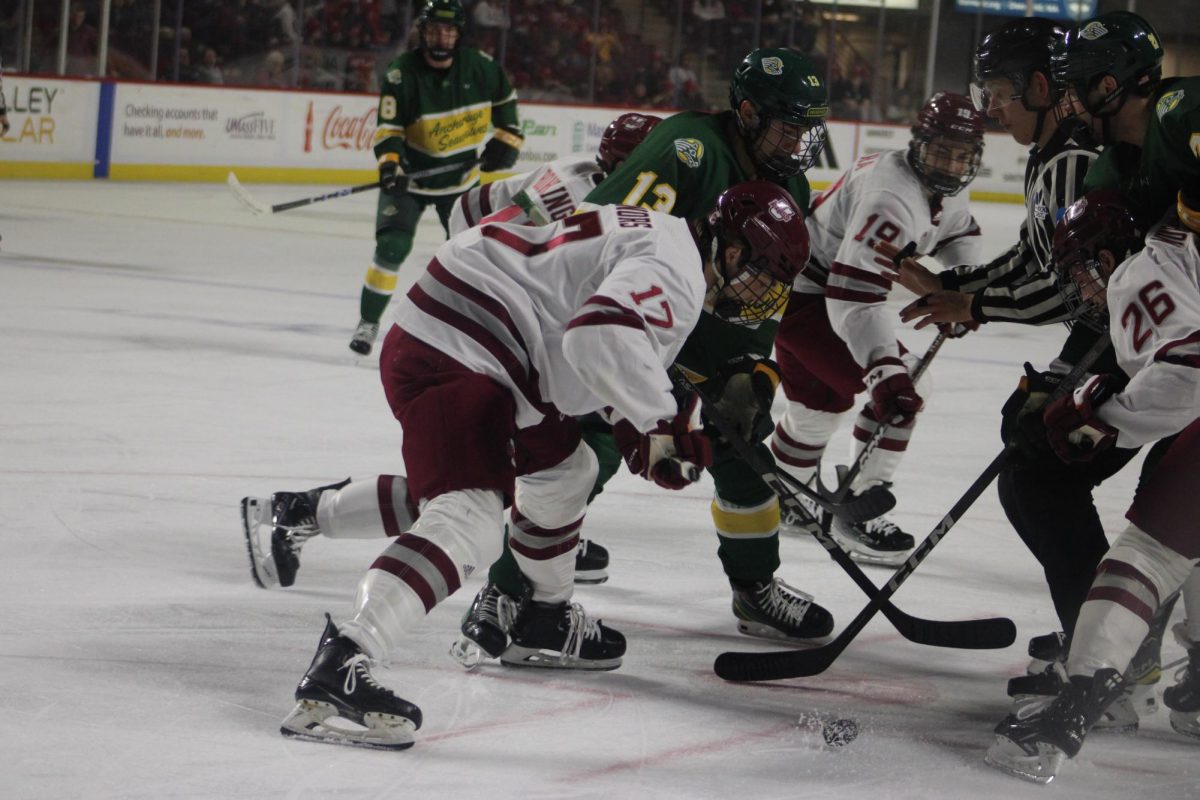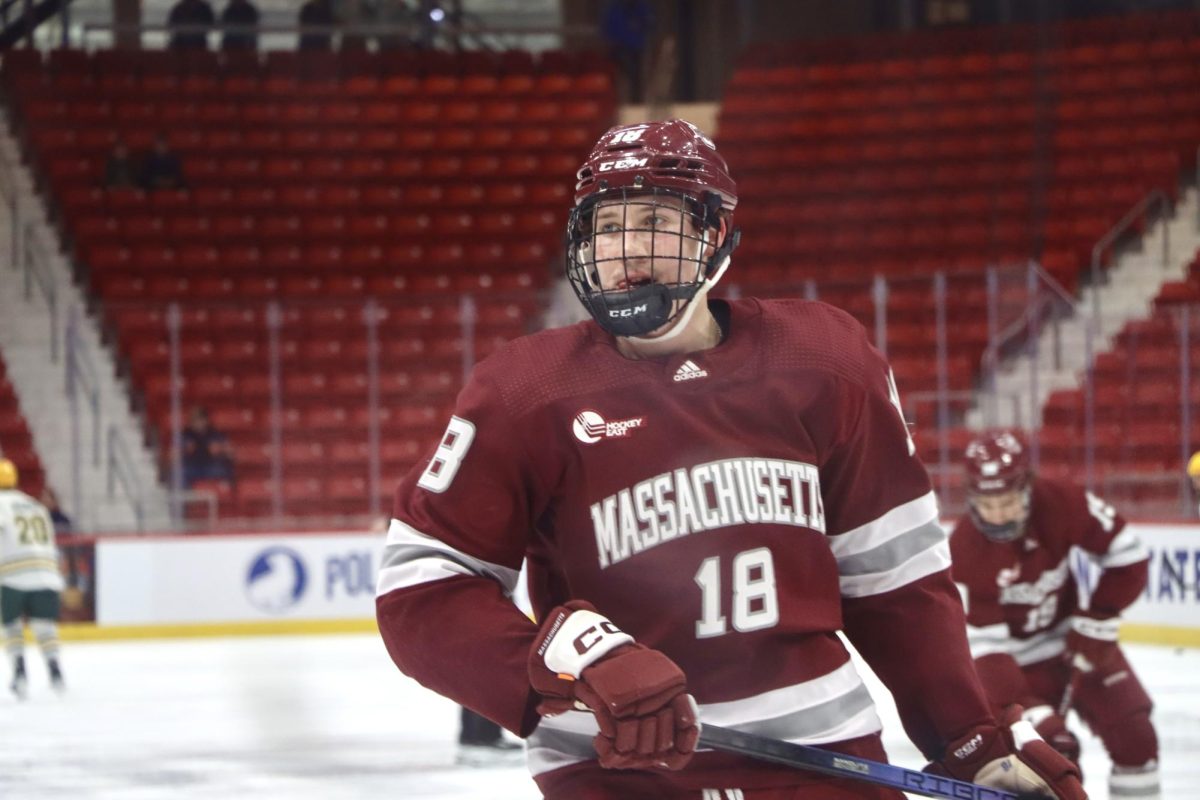Ahead of Native American Heritage Month in November, University of Massachusetts and students from the Five Colleges attended a moccasin-making workshop on Oct. 30 hosted by the Josephine White Eagle Cultural Center (JWECC).
Returning for a second year, mother-daughter duo MJ and Cheryl Schnandoah of the Oneida Nation led the group. Each student was provided with materials to craft their moccasins in an interactive, personalized learning environment.
Describing the process behind the soft-soled footwear, Cheryl Schnandoah first helped students create a cardstock template drawn to fit around their feet. Participants utilized commercial grade deer hide to make Ojibwe -style moccasins characterized by a front seam along the center of the shoe.
Likening the tracing process to “making sugar cookies,” MJ Schnandoah walked through each subsequent step in detail while explaining the history and traditional methods distinct to moccasins of her Oneida ancestry.
“It’s really important to carry on our ways,” Schnandoah said. “The only way you’re going to do that is if you carry on traditions and teach those things to people.”
Often featuring designs particular to specific tribes and internal clans, moccasins are part of handmade Native American regalia. Schnandoah and her mother, who belong to the Oneida Wolf Clan, also drew attention to the wolf, floral and sky dome imagery which sometimes embellish their moccasins.
“[Teaching moccasin-making] also means a lot because there’s so much false narrative of Native people,” Schnandoah said. “This helps educate and teach the truth about us more.”
Acknowledging the diversity of Native American culture is just one way the Center strives to constantly celebrate Indigenous presence on campus and in the greater area. With the start of Native American Heritage Month in November, the JWECC hopes to emphasize broad community attendance for all programming.
The moccasin event drew both new and returning participants. Noting recent increases in event turnout, student staff at the Center for Multicultural Advancement and Student Success (CMASS) are excited to continue strengthening engagement, which took a hit after the pandemic.
Annika Our, programming assistant and senior anthropology and linguistics double major, attributes this change to Indigenous voices being placed at the forefront of planning and leadership.
Significantly underrepresented, students self-identified as American Indian or Alaska Native and Native Hawaiian or Other Pacific Islander have consistently composed 0.1 percent of the entire student population for the past four years.
Our and other non-Indigenous staff recognize the role CMASS Associate Director Michelle Youngblood played in elevating their work. Youngblood, who has been with CMASS since 2008, began the new position last September.
“[As non-Indigenous students] we wanted to do our best to promote Indigenous culture in the community and get involved,” Our said. “But obviously we didn’t want to overstep. We didn’t know what the boundaries were. With Michelle coming in, we were able to host all these events. We’re seeing a bigger increase in people who are coming, and it’s been amazing,” Our added.
Culturally involved events, as Our said, benefit from this visibility and help enhance student understanding of diversity on campus. Since joining CMASS three years ago, Our learned Native American beadwork and recently began to lead beading workshops at the JWECC.
For first-year legal studies major Signy Johnsen, attending the moccasin workshop was her first time visiting the JWECC, and a big stride to understand part of her identity.
“[Moccasins are] not something you think you’d be able to make yourself,” Johnsen said. “I am part Abenaki. For most of my life I didn’t even know, so I want to get more in touch with [my Indigenous background].”
Programming assistant and senior Portuguese and comparative literature double major Robin Cabral found out about his Brazilian-Indigenous background three years ago. His story with CMASS is a parallel to Johnsen’s budding interest in exploring cultural resources she did not have access to before.
“It’s not even a matter of our population being small, it’s also a matter of how many people actually claim their Indigenous side as their own,” Cabral said. “Three years ago [is] when I really buckled in, and I was like, ‘I gotta learn about my people.’”
While the challenge of increasing Indigenous representation on campus remains a perennial challenge, Cabral is persistent in promoting the growth of the center in alignment with Native and Indigenous student needs.
“I don’t think I’m serving [the community],” Cabral said. “I feel like I’m doing my duty. I’m doing my job to spread my culture. I do this because if I don’t do it, no one’s going to do it.”“[At CMASS], we really do push to let people know that we exist. We are here,” Robin added.
Cabral emphasizes community-building as a means of informing CMASS outreach. Events such as group Mario Kart games and painting nights are not necessarily focused on Native American and Indigenous culture, but still help foster an inclusive environment for all students.
Addressing the unique challenges within the Indigenous community while celebrating continued successes inform JWECC initiatives and remain the key focus for this year.
“One of [our] goals is to make sure students know that Native people are still here,” Youngblood said. “We do have Native students on campus, so making sure they have a space where they feel comfortable—that’s always my goal for all of the centers.”
Catharine Li can be reached at [email protected] and found on Twitter at @catharinexli.



